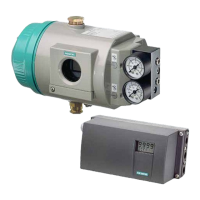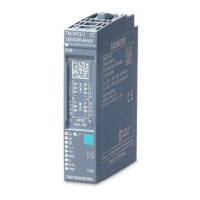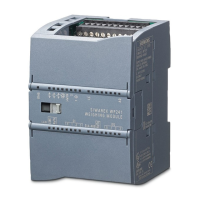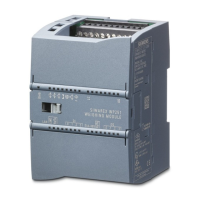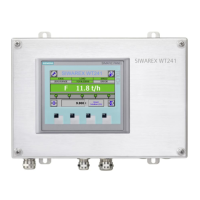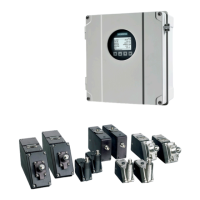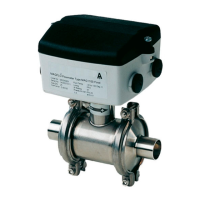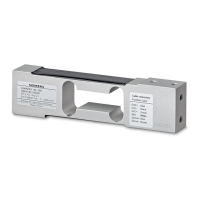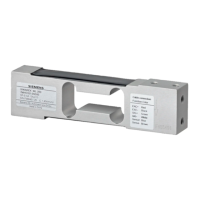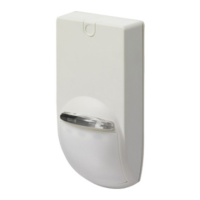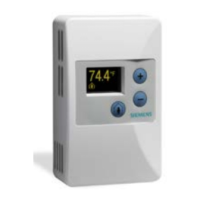Planning the MOBY D system
4.4 Chemical resistance of the MDS
MOBY D
System Manual, 01/2010, J31069-D0147-A6-7618
65
MDS D124 (6GT2600-0AC00)
MDS D324
MDS D424
MDS D460
The enclosure of the MDS is made of epoxy resin. The following table provides an overview
of the chemical resistance.
Table 4- 23 Chemical resistance of MDS D124, MDS D324, MDS D424, MDS D460
Chemical compound Concentration 20 °C 40 °C 60 °C
Acetic acid 100 % ◪
Ammonia liquid, water-free □
Benzol, benzoic acid ■
Borax ■
Boric acid ■
Brine □
Bromine, liquid, bromine water □
Butyric acid 100 % ◪
Carbonate (ammonium, sodium, etc.) ■
Chlorine water (saturated solution) ◪
Chlorine, liquid □
Chlorobenzene ■
Chloroform □
Chromate (potassium, sodium, etc.) Up to 50% ■
Chromic acid Up to 30 % □
Citric acid ■
Cyanide (potassium, sodium, etc.) ■
Diethylene glycol ■
Dioxane □
Ethanol ■ ■
Fixer ■
Fluoride (ammonium, potassium, sodium, etc.) ■
Formaldehyde 50 % ■
Formic acid 50 % ■
Gasoline, aromatic-free/containing benzol ■
Glycerine ■
Glycol ■
Hydrochloric acid, nitric acid 10 % □
Hydrofluoric acid Up to 40 % ■
Hydrogen peroxide 30 % ■
Hydroxide (sodium, potassium) 40 % ■
Iodide (potassium, sodium, etc.) ■
Lactic acid 100 % ◪
Methanol 100 % ■
Mineral oils ■
